Installation, Maintenance, and Inspection of Globe Valves
Welded and Silver Brazed Tube End Connections
In its continuing quest for safety and quality performance, RegO publishes a series of bulletins explaining the proper installation, inspection, and maintenance of various products. This document is not intended to conflict with federal, state, or local ordinances or regulations; these regulations should be observed at all times. RegO’s products should be used only by persons properly trained in the safe use and handling of industrial gases and cryogenic products and industrial gases and cryogenic products equipment. ECI does not assume any responsibility for providing that training, and this document is not intended to be a substitute for such training.
Objective:
The purpose of this bulletin is to offer guidance for the installation, maintenance, and inspection of RegO globe valves..

Installations
The installation process depends on the end connection and use of the valve.
The more common end connections used in the industry are butt weld, socket weld, silver brazed tube (brass valves), threaded, and flanged.
This bulletin specifically covers installation, maintenance, and inspection of valves with welded and silver brazed end connections.
Welding and Silver Brazed Installation.
To install these valves, first disassemble the valve, removing the upper assembly prior to any high heat processes to avoid damage to the soft materials such as gaskets and seals.
Once the upper assembly or top work has been disassembled, the welding or brazing process must be completed according to applicable codes and standards. Proper welding and brazing techniques are imperative to ensure the structural integrity of the joint and the components.
NOTE 1: A common mistake during the silver brazed process is the use of improper torch, the worst condition is when the torch is oversized and produces overheating of the valve body. If the overheating condition is combined with a fast-cooling process, then it could affect the body’s brass material. The result can be porosity in the body due to the abrupt contraction produced by fast cooling.
It is recommended to use a pipe away adapter in an indoor PRV installation, in which it is necessary to vent the exhaust out of the room.
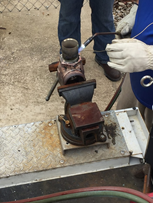
(Brass Globe Valve)
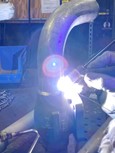
(Stainless Steel Globe Valve)
NOTE 2: The flow direction should be noted on the valve body. Depending on the application, the flow arrow direction of the valves, should be oriented to ensure easy and safe maintenance of the packing system.
Purge and clean the body and pipeline to avoid debris or pollution that could affect the sealing of the valve.
After the purge of the valve body and pipeline, it is very important to use a new gasket in the valve body flange. Place the seat assembly, upper assembly, and bonnet onto the body. Verify that the valve is in the fully open position and thread the bolts finger tight into the body.
NOTE 3: If an old gasket is installed, then the probability of leakages is high. This is due to this gasket having been deformed previously, and leaks channels can appear.
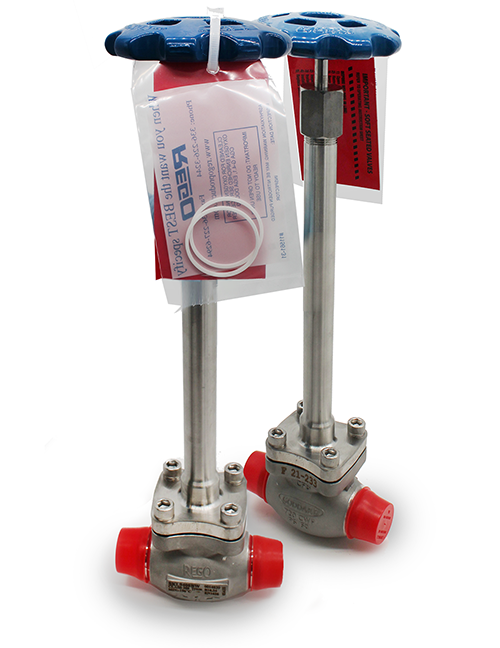
SKM9408T Globe Valve
with two Extra Gaskets
Using an appropriate wrench for the bolts, tighten in a crisscross pattern into the body with the torque values in sequence from the instruction sheet supplied with the valve. After the final bolt is tightened using the crisscross pattern, return to each bolt in a CIRCULAR pattern and continue tightening until the final torque value is achieved.
Do not exceed the torque indicated. Excess torque can cause damage to the gasket and cause premature leaking at this joint. Follow all local or national codes and standards for pressure testing and leak checking of the installation before introducing pressure to the system.
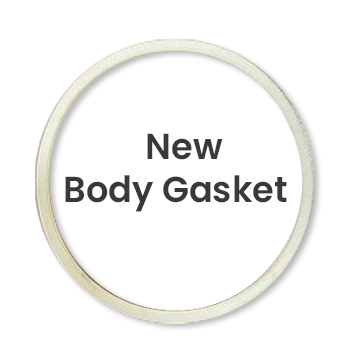
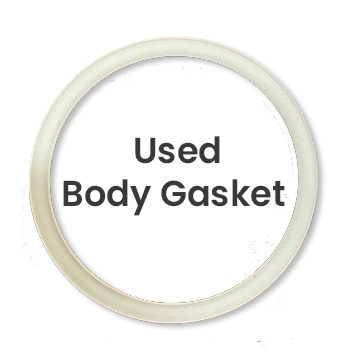
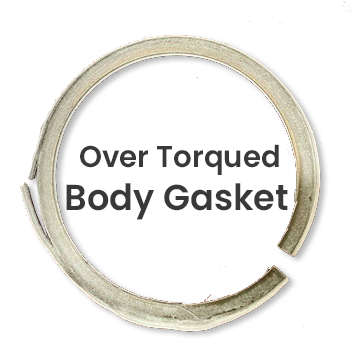
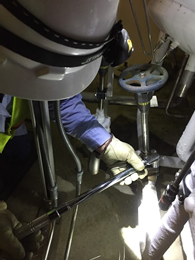
Reassembly of BK9412T applying
proper torque with Torque Wrench
Inspection
The inspection period and process of the valves depends on the application, service conditions, environment, and regulatory requirements. Many visual inspections can be accomplished without disassembling the valve. The primary inspection points are:
- Packing system
- Bonnet gasket
- Body and bonnet
During this inspection, verify that the valves do not have the below conditions:
1. Any signs of corrosion due to water, salt, industrial pollutants, chemicals and roadway contaminants.
2. Any physical damage that would prevent proper sealing or that may cause product failure under pressure.
3. Leaks in the valve bonnet area or between the body and end connections of the valve.
WARNING: The presence of any of these conditions could impair proper function of the valve and result in serious injury, property damage or both.
Maintenance.
The maintenance period and process of the valves depends on the application, service conditions, environment and regulatory requirements. In the absence of a preventative maintenance plan, the recommendation is to disassemble the valve a MINIMUM of every 10 years to inspect the internal condition of the components and replace as necessary. It is recommended that genuine RegO parts are used.
NOTE 4: Always replace the gasket whenever the bonnet is removed.
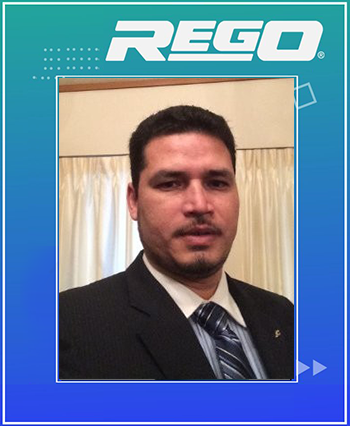
Field Topic Conductor :
Carlos Arevalo
Technical Manager/IG & Cryogenics Division at RegO Products
Experienced Technical Manager with a demonstrated history of working in the industrial gases, cryogenic, oil & energy industry. Skilled in Negotiation, Management, Troubleshooting, Business, and Logistics Management. Mechanical Engineer with a Diploma in Modern Management focused in Management from Universidad de Carabobo.






